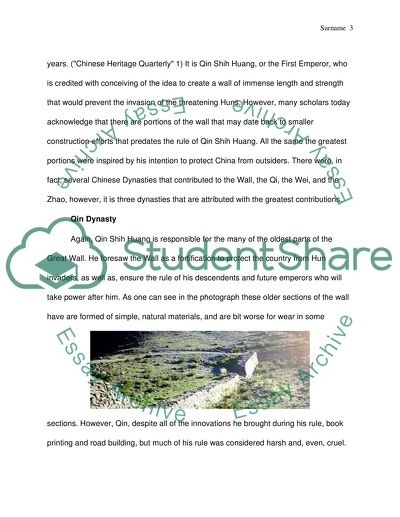Cite this document
(“The Great Wall China Research Paper Example | Topics and Well Written Essays - 1750 words”, n.d.)
Retrieved from https://studentshare.org/english/1473787-the-great-wall-china
Retrieved from https://studentshare.org/english/1473787-the-great-wall-china
(The Great Wall China Research Paper Example | Topics and Well Written Essays - 1750 Words)
https://studentshare.org/english/1473787-the-great-wall-china.
https://studentshare.org/english/1473787-the-great-wall-china.
“The Great Wall China Research Paper Example | Topics and Well Written Essays - 1750 Words”, n.d. https://studentshare.org/english/1473787-the-great-wall-china.


